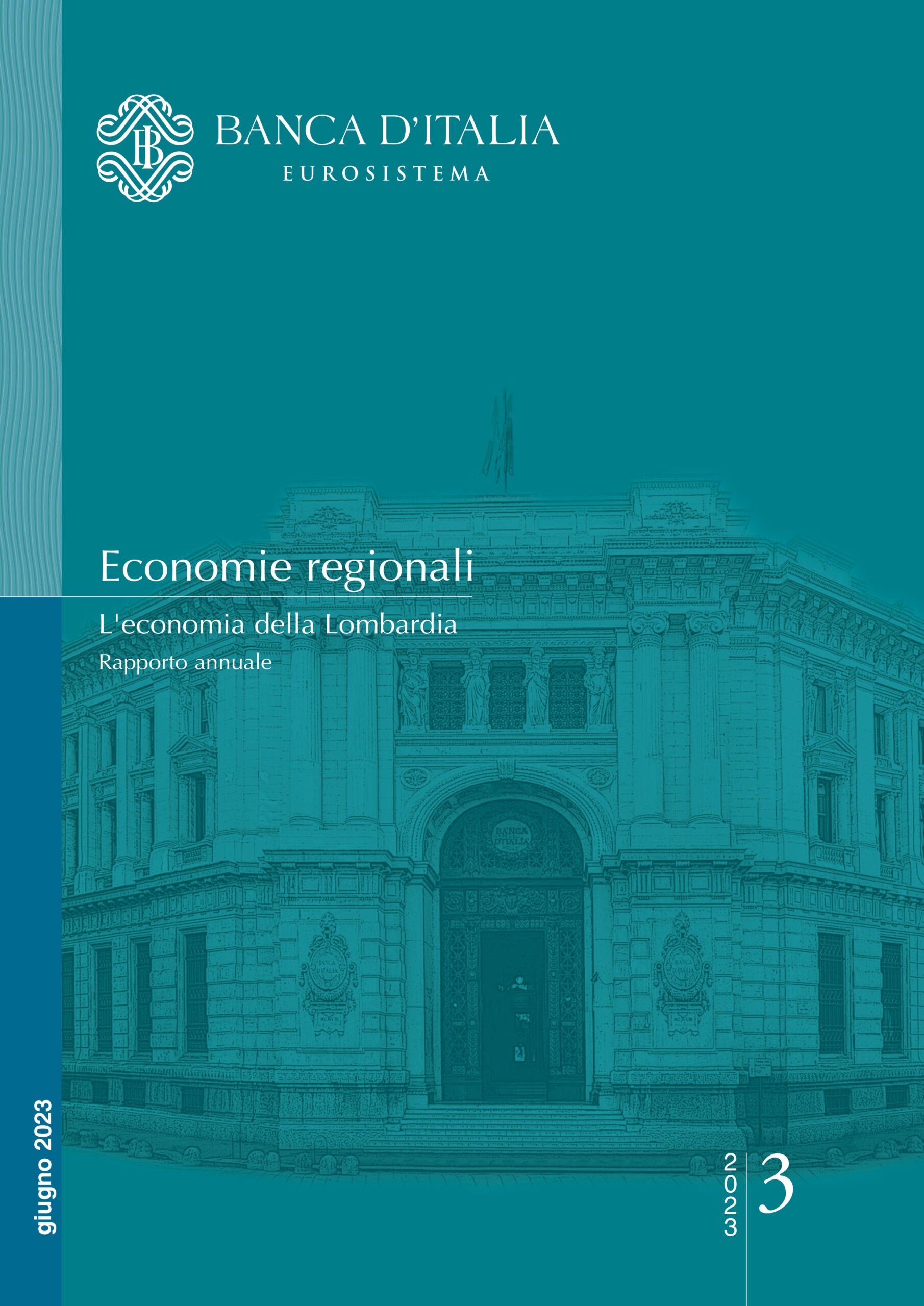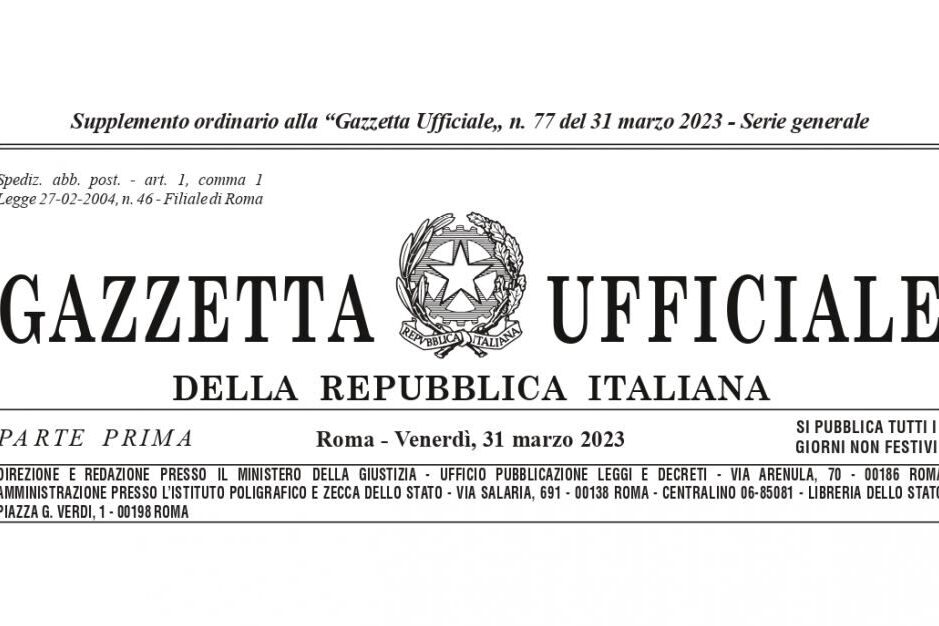BANK OF ITALY: 2022 ANNUAL REPORTS ON REGIONAL ECONOMIES PUBLISHED. PRESENTED AT THE CONGRESS CENTER THE REPORT OF THE LOMBARD ECONOMY.
Today, at the Congress Center in via Moneta in Milan, the presentation event of the annual report of the Bank of Italy “The economy of Lombardy” was held, which was also attended by our founding partner Avv. Giovanni Briola . After the introduction by Dr. Giorgio Gobbi, Director of the Milan branch of the Bank of Italy, the report was presented by Dr. Paola Rossi and Dr. Massimiliano Rigon of the Bank of Italy. Also taking part in the debate were Dr. Giuseppe Notarnicola, President of STMicroelectronics Italia, Dr. Elena Beccalli, Dean of the Faculty of Banking, Financial and Insurance Sciences of the Catholic University of the Sacred Heart and Dr. Federico Signorini, General Manager of the Bank of Italy, offering a discussion concluded with a positive assessment of the economic performance of the Region. Here are some highlights of the meeting: Macroeconomic framework and inflation ➡ Despite the increase in the regional product of 3.8%, slightly higher than the national one (3.7%), the coincident indicator Regiocoin-Lombardy signaled a gradual weakening of economic activity. The price index for the entire community went from 4.1% in January to 11.0% in December, a value slightly below the national average. Businesses ➡ Expansion of production and turnover at constant prices, above all in the production sector which has benefited from state incentives for energy efficiency interventions on residential properties. Investments, after the strong post-pandemic recovery in 2021, increased at high rates also in 2022; for 2023 the business plans are instead based on a reduction in accumulation. Credit market ➡ Although slowing down in the final months of the year, loans to the Lombard non-financial private sector continued to increase in 2022 as well. The growth was widespread among the provinces of the region. The main indicators of bank credit quality remained stable, remaining at historically low levels, both for businesses and households.









